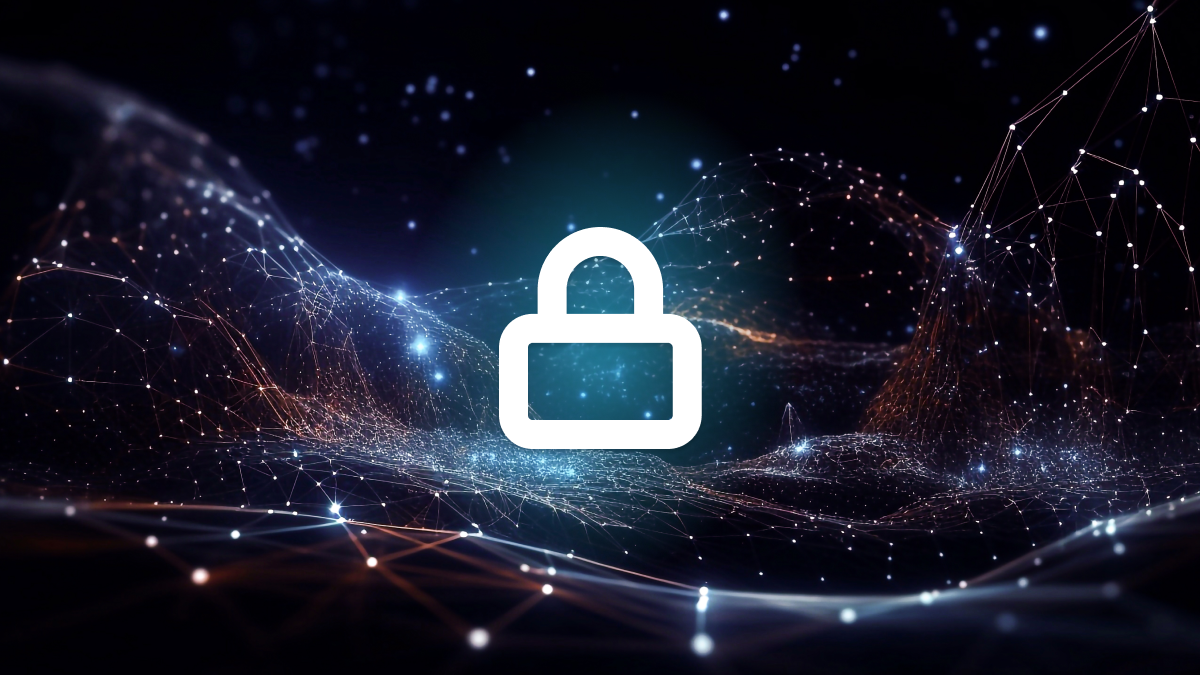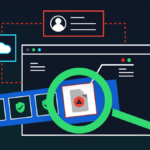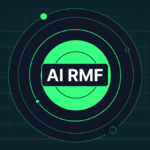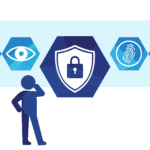On top of this, frameworks like ISO 27001 and SOC 2 are fast becoming expectations for companies that supply goods and/or services to other organizations.
With so much to consider, many compliance and security leaders may feel like they’re fighting an uphill battle. For all their efforts to meet compliance demands, they’re always a step behind.
The good news is that it doesn’t have to be this way. While compliance requirements are undoubtedly becoming more demanding, there are new tools and approaches available designed to make reaching compliance straightforward and efficient.
Below, we’ll explore why the traditional approach to compliance is failing today’s organizations – and why an autonomous approach is the way forward.
The challenges of the traditional approach to compliance
Chances are, your organization has a few compliance regulations it needs to contend with; whether you need to meet sector-focused regulations like PCI DSS, HIPAA or GBLA, or a customer has asked you to demonstrate controls for NIST CSF or ISO 27001. In fact, research shows that, on average, organizations currently must comply with 13 different IT security compliance and/or privacy regulations.
For each regulation, you’ll need to put in a range of information security and privacy-related controls, which can be tricky to do effectively given that corporate data is now spread across numerous endpoints and cloud applications. In line with this, we know that 94% of organizations report they face challenges when it comes to IT security compliance and/or privacy regulations in the cloud.
Once these hurdles are overcome, you’ll also need to conduct regular audits to demonstrate that you’ve successfully maintained your compliance status. This is typically a pretty laborious process. You have to schedule and oversee the compliance audit (both internal and external), review all associated documentation, remediate any control gaps and provide evidence and reporting on what has been done – all on an annual or even six-monthly basis, depending on the regulation in question.
Carrying out this process efficiently is near-impossible if you’re taking a manual approach and have to comply with numerous, different regulations. You may often feel like you’re having to carry out similar but slightly different processes over and over again, often having similar conversations with stakeholders and going over well-trodden ground.
Over time, this can lead to a sense of compliance and audit fatigue, where you and your colleagues feel overburdened and stressed by the ever growing amount of controls and requirements you need to align with.
Not only does the traditional approach tend to cause alert fatigue, but it can have numerous other negative repercussions too, such as:
- Repetitive, manual work prevents your team from performing more meaningful, high-value tasks: A manual approach to compliance is extremely time and resource intensive. Because your team spends so much time on tick-box exercises, they have very little time to dedicate to performing more strategic work.
- Confusion and duplication: Where different regulations have similar or overlapping controls, you might find that you end up duplicating your work efforts, or becoming confused as you try to implement a control and find that the solution already exists under another framework.
- Document overload: Each regulation will have its own paper trail, which can easily lead to hundreds, possibly thousands, of documents of compliance evidence that are hard to manage.
- Point in time assessments don’t really mean that much: Traditional audits are point-in-time assessments of your compliance. They demonstrate that you were compliant on a certain date, but they don’t show that you’re compliant right now.
Overall, the traditional approach isn’t really fit for purpose in today’s environment. We all know that non-compliance can have severe penalties: data breaches, regulatory fines and loss of customer trust.
In line with this, you need a way to know the status of your compliance 24/7 across all frameworks and regulations you need to comply with.
This is where autonomous compliance becomes essential.
Compliance reimagined: what is autonomous compliance?
Autonomous compliance refers to the concept in which organizations make use of security and privacy tools to automate the compliance process. Rather than carrying out manual, annual audits, autonomous compliance enables organizations to achieve a continuous state of compliance with little human intervention.
A best-in-breed autonomous compliance program will work across all the regulations you need to comply with. Your solution will create a single source of truth: a privacy platform that monitors, audits and remediates compliance violation risks using machine learning and automated reporting.
How to get started on your autonomous compliance journey
Achieving autonomous compliance requires a holistic approach, considering people, processes and technology. With that in mind, here are the steps you should take to move from a traditional approach to an autonomous one:
Create a culture of compliance
Let’s face it, compliance isn’t going to be top of mind for employees that aren’t in your department. You need to find a way to encourage your people to care about compliance. This is where in-app nudges become crucial. At Polymer, we deliver in-app nudges that show employees how their actions could result in compliance violations within apps like Slack and Teams.
We then make use of end of day reports and alerts within popular apps like Slack and Teams, which show employees the risks they have created and why their behavior was unsafe.
By making users feel directly accountable for compliance and security, we help companies to build a culture of trust and privacy. After all, compliance cannot just fall on a few individuals in one team. It’s up to every member of the organization to be conscious of following regulations.
Make sure you’ve got your data classification strategy down
A huge part of compliance is securing PHI and PII. To do this effectively, you’ll need to discover and secure your data – both unstructured and structured – across networks, endpoints and the cloud.
This is where data classification comes in: the process of organizing data according to its type, sensitivity, and metadata, as well as its perceived value to the organization.
Find the right tools for the job – and don’t forget your SaaS apps!
Once you know where your data is, you can then implement an automated data governance and compliance solution. Look for a tool that makes use of machine learning and artificial intelligence to take control of the compliance and auditing process for you.
Remember, too, that you need to think about extending data privacy and protection beyond your network and into your SaaS environments – places like Slack, Teams and Google Workspace.
.
How Polymer DLP helps you achieve autonomous compliance
Polymer’s cloud-based compliance and data security solution offers comprehensive compliant templates to help you comply with all major regulations and standards in apps like Slack, Teams and Google Workspace.
Here’s an overview of our autonomous compliance process in action:
You can think of our solution like your virtual, AI-led compliance officer in the cloud. For HIPAA, GDPR and state privacy regulations, we automatically enforce contextual compliance policies that capture, redact and protect PPI and PHI as it travels through Slack and other SaaS applications. This means that no one ever accesses sensitive data unless they’re authorized to.
At the same time, our solution automatically reports on compliance risks, so you get a view of your compliance state in real-time – no more annual audits needed!
Find out more about how we can help you achieve autonomous compliance today.










